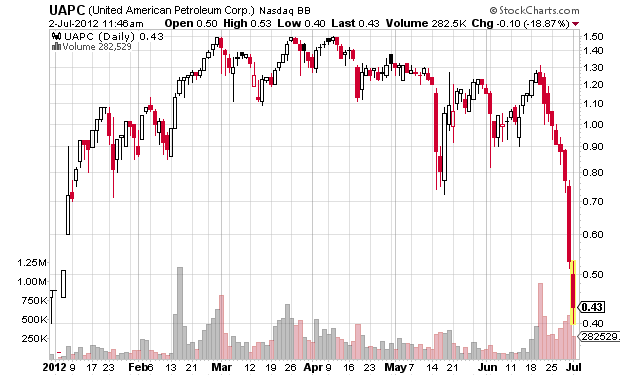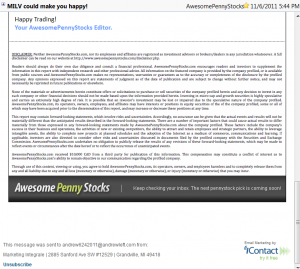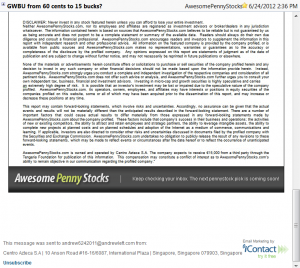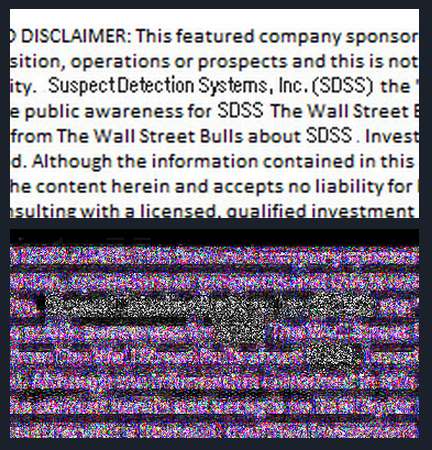Jerry Williams has been well known among the penny stock community for over two years. He was the driving force in what were described as ‘float lock-down’ schemes that purported to create massive short squeezes. Today the SEC sued him for ‘scalping’ his followers, in other words, selling into the buying of his followers without disclosing those trades.
From the SEC litigation release:
The Commission charged Williams with running a scalping scheme from which he made over $2.4 million. Scalping is a type of fraud in which the owner of shares of a security recommends that security for investment and then immediately sells it at a profit upon the rise in market price which follows the recommendation.
…
In particular, the Complaint alleges that Williams told potential investors that by buying up the outstanding shares, or float, of these companies, they could collectively trigger a “short squeeze” that would allow them to sell their stock to “market makers” that had shorted the stock. The Commission’s Complaint alleges that Williams falsely stated that he had previously used this strategy to make himself and others enormous profits. The Complaint alleges that in fact, unknown to potential investors, Williams had been hired by Cascadia and Green Oasis to promote their stock and had been compensated with millions of free and discounted shares of these stocks. According to the Complaint, Williams secretly sold millions of Cascadia and Green Oasis shares at the same time he was encouraging potential investors to buy, hold and accumulate these stocks.
This is a clear case and should be easy for the SEC to prove. I expect Williams to settle quickly. The case is Securities and Exchange Commission v. Jerry S. Williams, Monk’s Den, LLC, and First In Awareness, LLC, 3:12-cv-01068 (District of Connecticut, Complaint filed July 20, 2012).
Read the full SEC complaint (pdf).
Not mentioned in the lawsuit is the most recent of the float lock-down plays that I am aware of, 8000 Inc. (EIGH). The “Internet Forum” mentioned in the complaint is InvestorsHub (the cesspool of online investing).
Perhaps the thing that is hardest for a cynical trader such as myself to understand is how many people not only believed Williams but paid him to learn his ‘float lock-down’ method. From the complaint:
From December 2009 through October 2010, Williams held approximately 18 Monkinars in cities across the United States, including Los Angeles, Richmond, Phoenix, Atlanta, Indianapolis, Chicago, Portland, Pittsburgh, Grand Junction, Groton, and Boston. Williams also held Monkinars in Japan, Germany and Barbados. By October 2010, Williams charged $1,500 per person for a “Basic” Monkinar held in Boston, Massachusetts, which drew approximately 90 people.
I have believed all along that the whole ‘float lockdown’ scheme is illegal market manipulation; while the SEC did not pursue that course against Williams, Thomas Gorman at the SEC Actions blog points out that the SEC did argue that in the recent lawsuit against Philip Falcone (SEC v. Falcone, 12 Civ 5027 (S.D.N.Y. Filed June 27, 2012)). See my post on the Harbinger short squeeze case.
Disclaimer: No relationship with any parties named above (except that I trade pump and dumps) and no positions in any stocks or funds mentioned. This blog has a terms of use that is incorporated by reference into this post; you can find all my disclaimers and disclosures there as well.

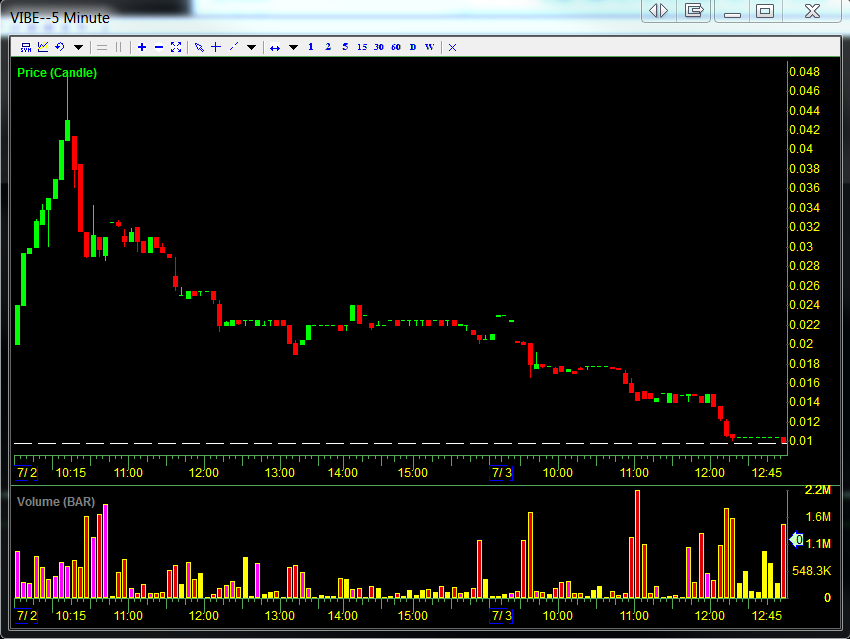 (click to embiggen)
(click to embiggen)
